Since childhood, we have learned languages, studied academic subjects, and trained for occupations. We could not possibly have done these things alone. Instead, we have been able to gain knowledge through instruction by our parents, friends, teachers, seniors or superiors. Since this is true in the case of daily life, how much more true it is within the profound world of Buddhism! It’s impossible to gain a correct understanding of faith by relying on our own limited knowledge and experience.
In Buddhism, we follow the path of the Master-Disciple relationship. In order to learn and embrace Buddhism correctly, one follows a master in faith. We practice faith and obtain true benefit by learning the teaching as a disciple.
The relationship between master and disciple is not meant to be construed as passing orders down from a superior to a subordinate. We enter into the Master-Disciple relationship when, from our hearts, we have respect for, and wish to learn from and follow, one who has grasped the Buddhist Law correctly and can show us the way to the life condition of Buddhahood.
When we stay on the path of master and disciple, we can directly embrace the Buddhist Law which the master has already grasped, and together with the master, embark on the path which leads to the life condition of Buddhahood.
The basis for this Master-Disciple relationship in Nichiren Shoshu is found in the Gosho, Nichiren Ichigo Guho Fuzokusho (“The Document Entrusting the Law that Nichiren Propagated Throughout His Life”), which says:
The order of the Heritage: from Nichiren to Nikko.
(Gosho, p. 1675)
In the Master-Disciple relationship between the founder Nichiren Daishonin and the Second High Priest Nikko Shonin, the Daishonin transferred the entirety of His Buddhism to Nikko Shonin, without the slightest deviation, and this transmission has been repeated with each successive generation. It follows that the Master-Disciple relationship of faith, the path which the master and disciple walk together, is a direct relationship in which the master teaches and the disciple learns. This has been the tradition of Nichiren Shoshu for over 750 years.
The Fifty-ninth High Priest of Nichiren Shoshu, Nichiko Shonin, taught the following about the path of the master and disciple:
It is a rule of the three existences and of the ten directions that the disciple respect and follow the master: as Shakyamuni followed Kasho Buddha,2 the same relationship existed between the Daishonin and Shakyamuni, between Nikko Shonin and the Daishonin, between Nichikan Shonin and Nichiei Shonin, and between Nichiden Shonin and Nissei Shonin. The master is like a needle and the disciple is like the thread. The transfer of the True Law and the transmission of the Heritage of the Law are always conducted in this way from master to disciple. The path of the master and disciple must be kept sacred. It must be kept separate from interests of society at large. Depending on the depth of one’s faith, the mystic truth that master and disciple are indivisible will become apparent, and the mystic doctrine that the leader and follower are, in truth, as one mind, will be proven.
(Yoshu, Vol. 1, p. 124)
Nichiren Shoshu Basics of Practice The Daishonin states:
In the Maka Shikan, T’ien-t’ai says, “Without encountering a master, evil thoughts will increase daily, and the sufferings of birth and death will become deeper by the month. Just like trying to escape from a dense jungle while dragging a gnarled branch, escape would be impossible. Even in the general affairs of this world, one asks for advice. How much more important is it that we not rely upon our own self-centered wisdom when it comes to the profound truths of Buddhism?”
(Gosho, p. 29)
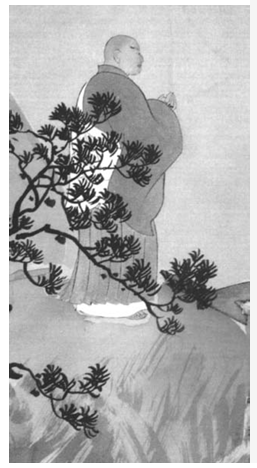
Even though we worship the Gohonzon and study the Daishonin’s Gosho, if we do not respect our master, our Buddhist practice will center on our own limited wisdom. We will be in danger of committing the slanders of self-satisfied understanding and egocentric judgment, and will eventually drift more and more deeply into confusion.
The Thirty-third High Priest, Nichigen Shonin, instructed:
The water of the True Law has no place to gather on the tall mountain of arrogance. How shall we enter the true path?
(Yoshu, Vol. 1, p. 388)
He is saying that because the water (benefit) of the Law (True Buddhism) cannot gather in the heart of an arrogant person who does not respect the master, such a person cannot attain enlightenment.
We all know of people who might prefer to practice alone and who think that it’s sufficient to just stay at home and chant to the Gohonzon. In reality, this type of practice can turn into a kind of arrogance which manifests in a lack of respect for the master and, in this way, true benefit from the Gohonzon escapes such a person. It is important to always have an attitude of faith that constantly seeks and respects the master.
FAITH IS FOSTERED BY THE MASTER AND DISCIPLE RELATIONSHIP
It is extremely important to choose the correct master.
A person may be a brilliant scholar, or may be of great renown; however, these things have nothing to do with whether or not a person has a correct grasp of Buddhism. Furthermore, if we choose as our master a priest or leader of a misguided religious sect, we will be led away from the True Law and into a life condition of suffering. Whom, therefore, do we respect as the true master?
It was exactly for this purpose that Nichiren Daishonin appeared as the True Buddha, to teach the true Buddhist Law in the evil age of the Latter Day of the Law (Mappo). On this most fundamental level, Nichiren Daishonin is the true master. However, after the Daishonin’s passing, the entirety of His Buddhist teaching was passed down in the transmission of the Heritage of the Law to the Second High Priest, Nikko Shonin, and from Nikko Shonin to the Third High Priest, Nichimoku Shonin, and on down through the generations of successive High Priests. In each generation, as successor of and in proxy for the Daishonin, each High Priest is revered as the true master. The Daishonin Himself clearly admonished us about this reverence for each successive High Priest when He said in the Gosho:
Each and every successive High Priest possesses the mind and heart of Nichiren.
(Seiten, p. 379)
There are often people who say that their faith is directly connected to the Daishonin, or their only master is the Daishonin. Even though it is their intention to revere the Daishonin as their master, in reality, without reverence for the living master, the current High Priest, their faith will deteriorate into self-satisfaction and arrogance, and these individuals will be unwittingly committing slander of the True Law.
It is interesting to note that from among His priest disciples, with His discerning eye, the Daishonin chose six priests as His senior disciples. Nikko Shonin explained the reason for this in his letter, “Reply to the Hokkeko members in Sado:”
We can attain Buddhahood on the basis of the master and disciple relationship. Although we embrace the Lotus Sutra, if we neglect this relationship, it will be the cause of our falling into hell. During the Daishonin’s lifetime there were people who declared, “I am the direct disciple of Nichiren Daishonin.” Therefore, before He passed away, Nichiren Daishonin decided that all believers should refer to the six elder priests as their master. To each of the six elder priests was handed down Nichiren Daishonin’s Buddhism. As He had anticipated, after the Daishonin’s passing, many believers declared, “I am the direct disciple of Nichiren Daishonin.” This attitude signifies slander. All Hokkeko members should understand the Master–Disciple path. (Rekidai, Vol. 1, p. 183)
During His lifetime, as the number of the believers increased, inevitably they would not be able to receive guidance directly from Nichiren Daishonin. For this reason, the Daishonin selected six executive disciples, and He instructed that the believers who were shakubukued and introduced to True Buddhism by each of these six priests would be the disciples of that particular priest.
There are believers who ignore this lineage of Master and Disciple, going beyond the senior disciple selected by the Daishonin and claiming that they are the direct disciples of Nichiren Daishonin. But ultimately, they display great arrogance in thinking that they can practice faith in their own way. For this reason, Nikko Shonin admonished: “These people are slandering True Buddhism.”
The flow of the teachings of True Buddhism from the True Master to direct master, direct master to believers, as initiated by Nichiren Daishonin, has continued for over 750 years until today.
Although the true master whom we must respect is the High Priest, the proxy of Nichiren Daishonin, it is impossible for numerous believers living all over the world to receive direct guidance from the High Priest regularly. For this reason, priests who have earned the High Priest’s trust are dispatched as the guiding priests (chief priests) of local temples. They are the proxies of the High Priest, and thus, in charge of guiding the believers.
This position of the chief priest is equivalent in quality to the relationship between the Daishonin and His six executive disciples, or to the relationship between the True Master and the direct master. True to the tenets of the Master–Disciple relationship, each Nichiren Shoshu believer, in order to practice with correct faith, must belong to a local Nichiren Shoshu Temple. We must recognize the High Priest at the Head Temple as the True Master and respect the chief priest of the local Temple as the direct master, the High Priest’s proxy.
From the Buddhist point of view, the Master and Disciple relationship is established between one who teaches and one who accepts the teaching. It can then be said that when you were first able to awaken to the true faith, the master and disciple relationship was formed between you and the person who introduced you. The person who introduced you has in turn received instruction in True Buddhism and the encouragement to do Shakubuku from the chief priest of the local Temple to which he or she belongs.
LEARNING THE BASICS FROM EXPERIENCED MEMBERS
Among the believers in the Daishonin’s lifetime, there were people called Homon-furegashira (meaning “representative communicators of the teachings”) appointed to learn from the Daishonin through the priest’s guidance, and then communicate to and guide the other believers.
In order to guide great numbers of believers and to develop strong and correct faith, those believers who have experience in the practice of True Buddhism and who want to offer their sincere support to the Chief Priest of the local Temple may assist him if the Chief Priest requests it. Therefore, we have people who are experienced in faith, practice, and study to administer and develop the lay organization. It is the responsibility of these experienced members to show the basics of faith to believers who are as yet inexperienced. For example, they can give basic guidelines on how to support the priests, how to advance in faith, the spirit of Gokuyo, and so forth. The experienced members of the Hokkeko have the responsibility to be models in faith for the other believers. They must be foremost in accomplishing Shakubuku, guiding the members’ growth and development, and showing themselves as examples of how to advance in faith.
Nichiren Daishonin instructed the wife of Shijo Kingo, one of the staunch believers of His time, in this way:
Make Saemon (Shijo Kingo) your teacher and be guided in the faith of the Lotus Sutra.
(MW, Vol. 5, p. 158; Gosho, p. 757).
This is the spirit with which we practice together. Finally, depth of faith does not simply depend on how long one has been practicing, or one’s occupation or social status. It is most crucial in practicing True Buddhism to follow the three ways of faith, practice, and study.
1. Faith corresponds to believing in the Gohonzon profoundly and with a pure mind, honestly discarding provisional religions and teachings, and avoiding slander of the True Law.
2. Practice corresponds to dedicating oneself to chanting Daimoku, doing Gongyo consistently despite the obstacles which may arise, and doing Shakubuku.
3. Study corresponds to studying the profound doctrines of True Buddhism.
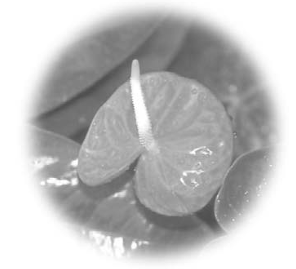

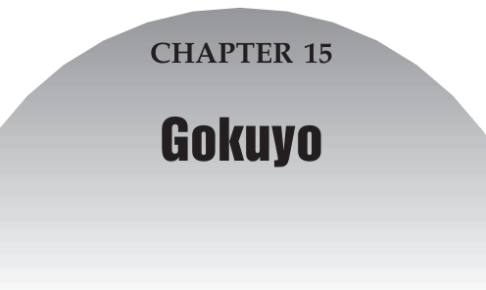
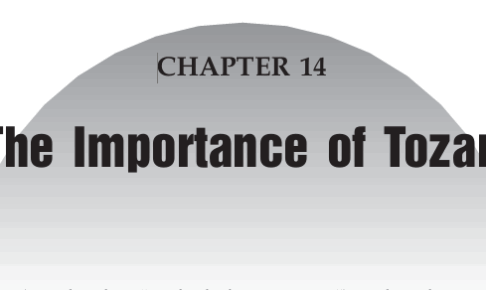
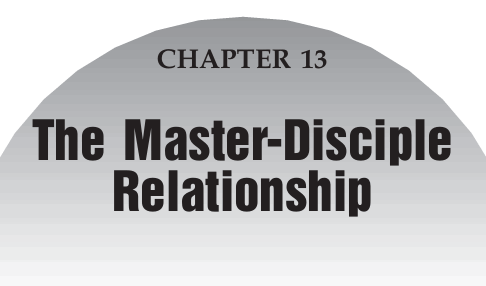

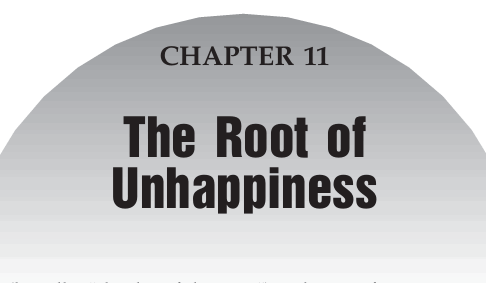
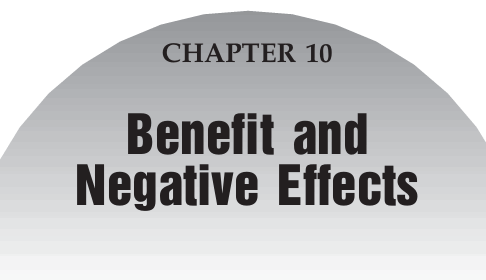

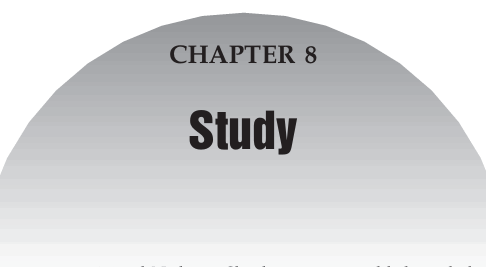
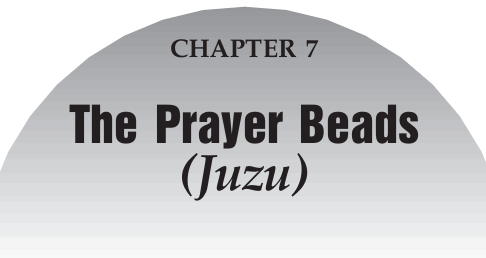

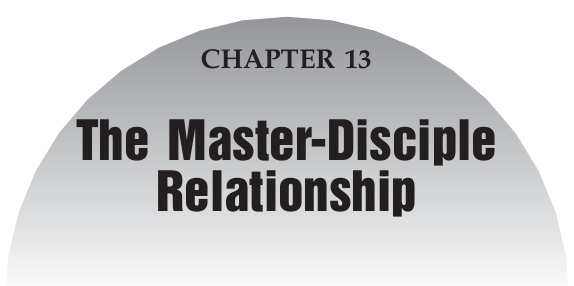
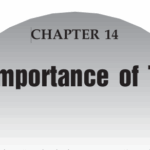

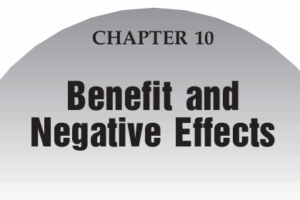
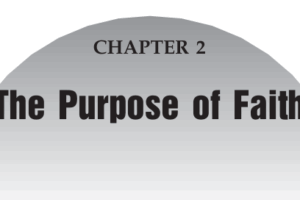
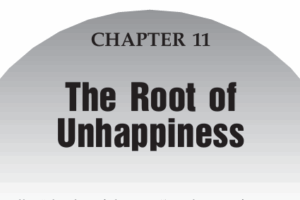
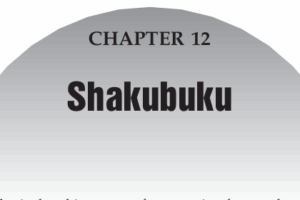
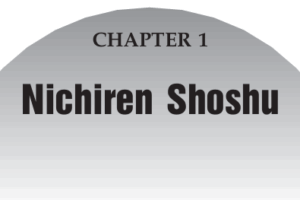


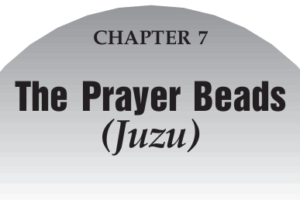
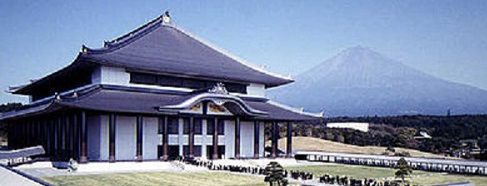
最近のコメント